【Smart Home Trends】Smart Home with A.I.:
Predictions for the Future and Application Examples
Smart homes have already revolutionized the way we live by automating and optimizing various tasks. With the integration of Artificial Intelligence (A.I.), smart homes are set to become even more intelligent and user-friendly. In this blog post, we will delve into the future of smart homes with A.I. and discuss some application examples.


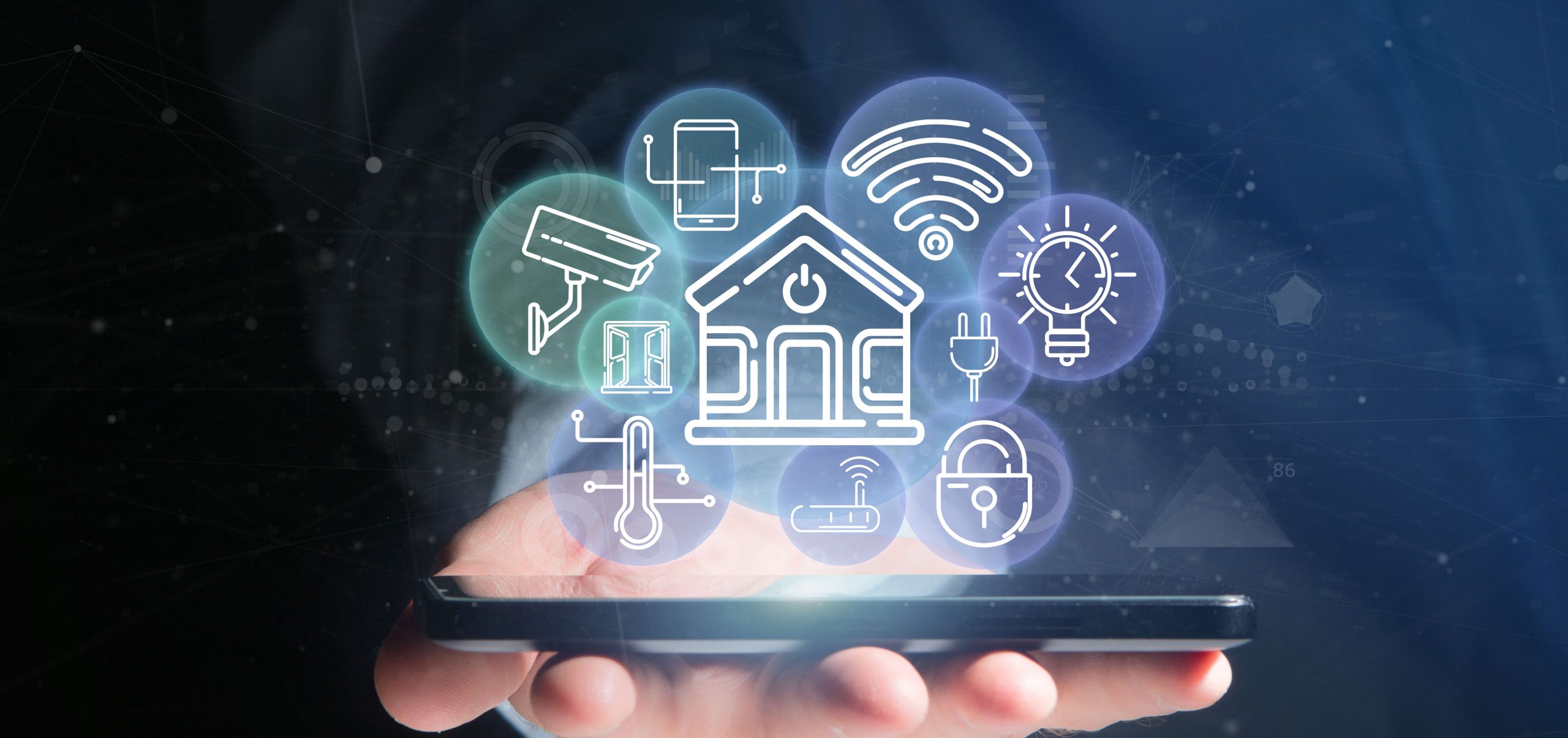

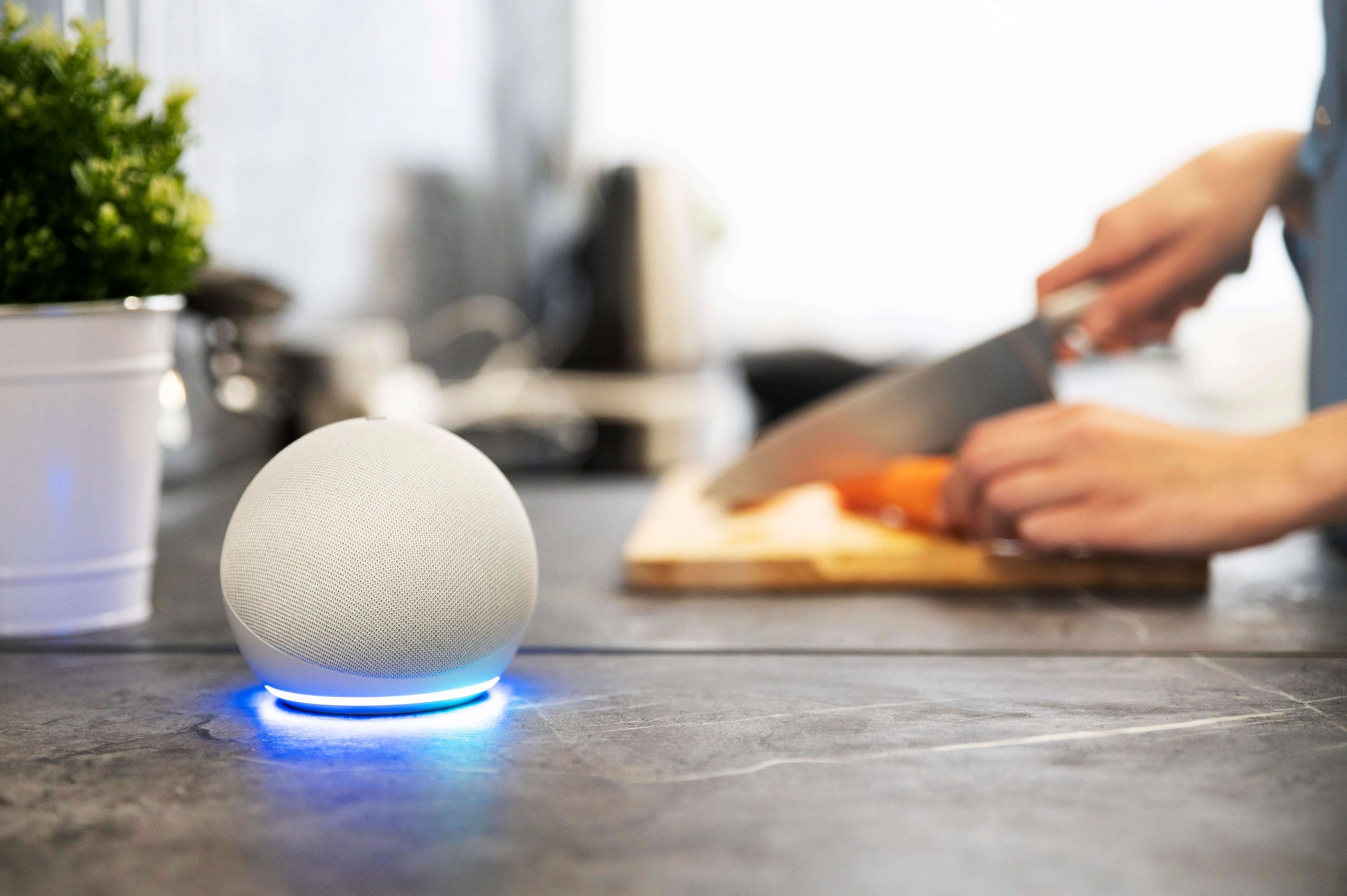

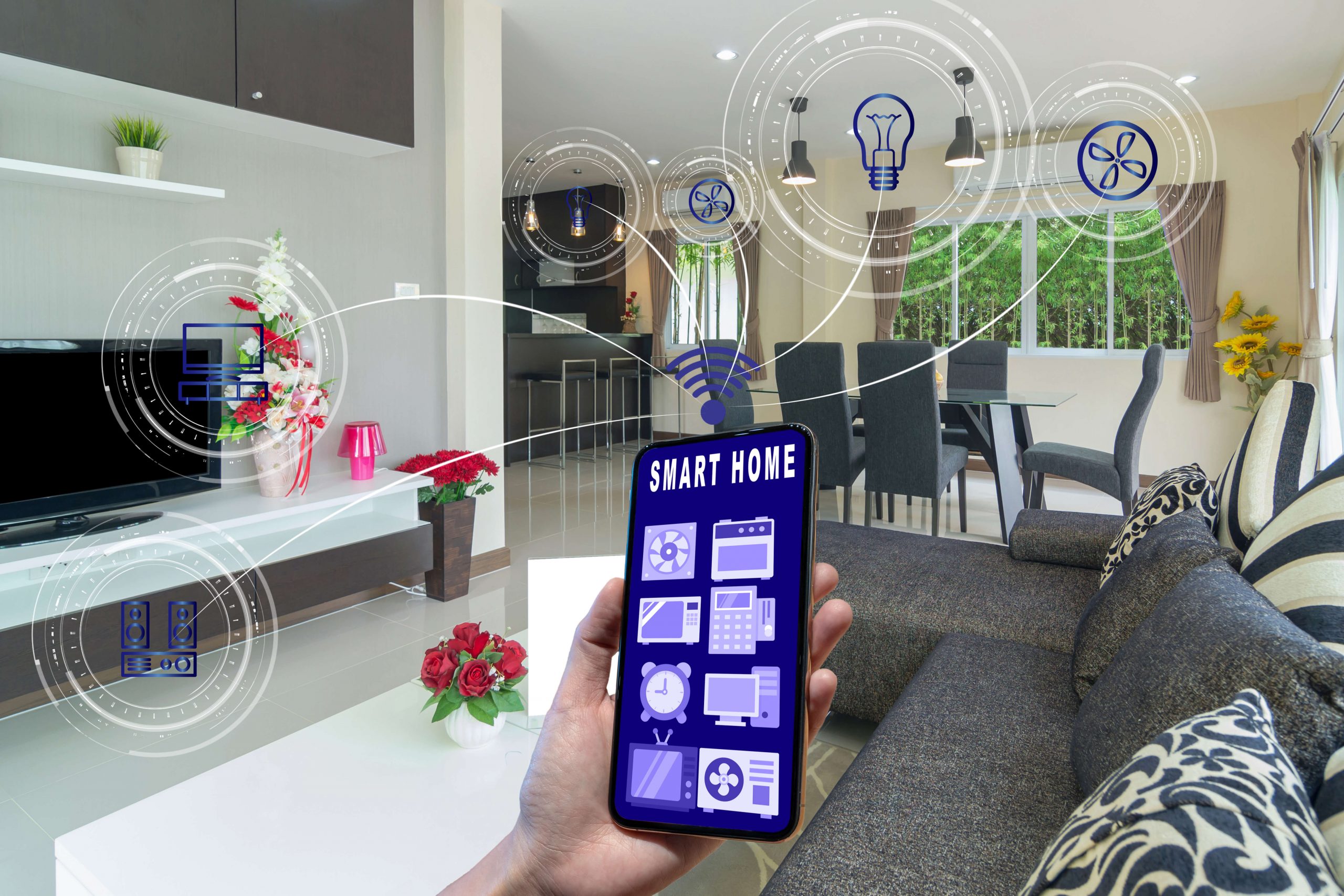
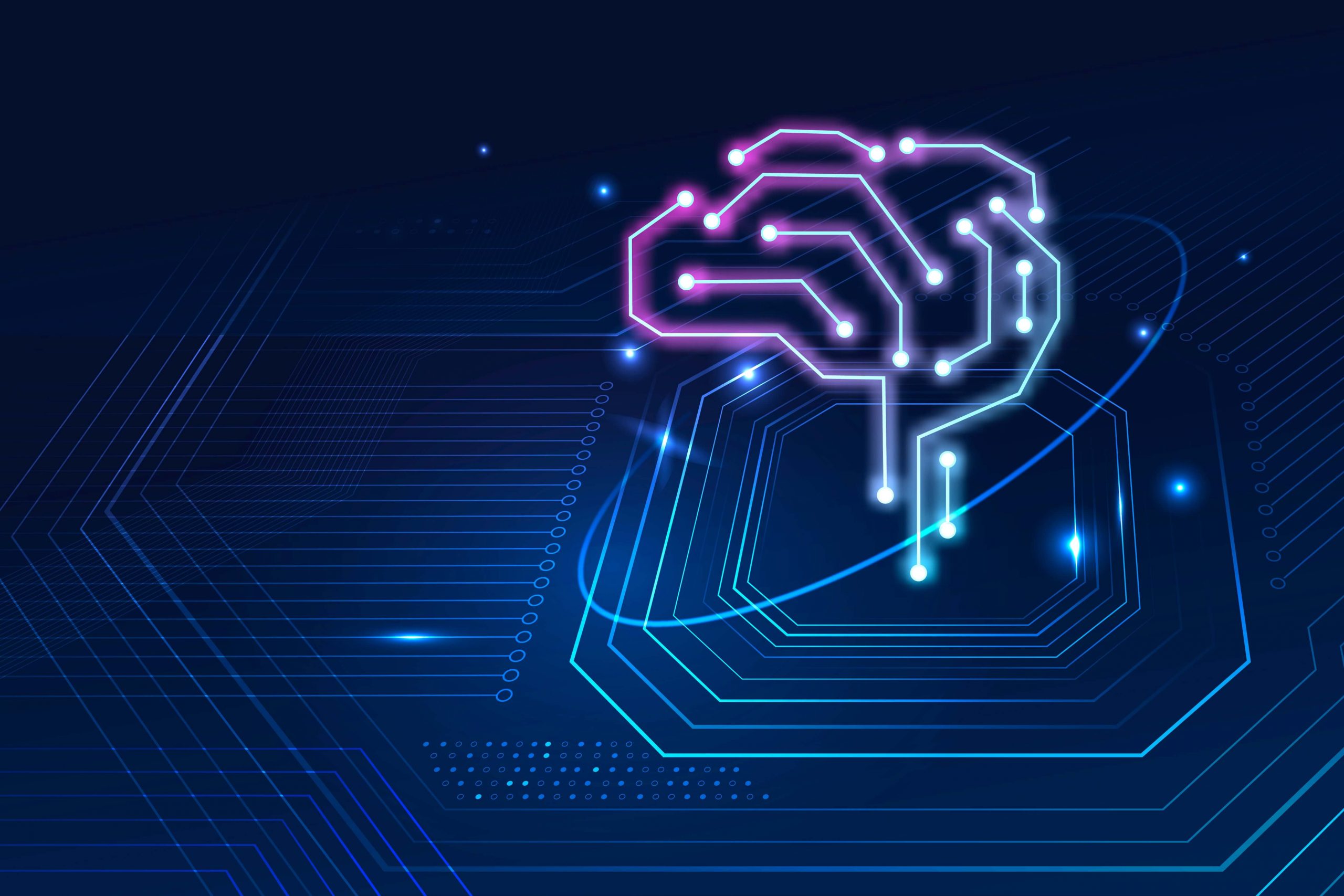

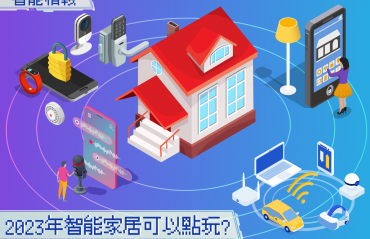
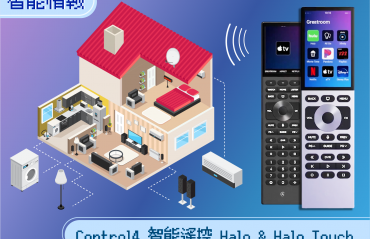
0 Comments